Radiant Heat in Shower?
Intoodeep
12 years ago
Related Stories

FLOORSFloors Warm Up to Radiant Heat
Toasty toes and money saved are just two benefits of radiant heat under your concrete, wood or tile floors
Full Story
GREAT HOME PROJECTSHow to Add a Radiant Heat System
Enjoy comfy, consistent temperatures and maybe even energy savings with hydronic heating and cooling
Full Story
FLOORSIs Radiant Heating or Cooling Right for You?
Questions to ask before you go for one of these temperature systems in your floors or walls (yes, walls)
Full Story
FLOORSWhat to Ask When Considering Heated Floors
These questions can help you decide if radiant floor heating is right for you — and what your options are
Full Story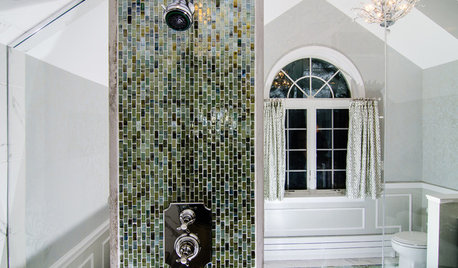
BEFORE AND AFTERSA Chilly Massachusetts Bathroom Gets the Hotel-Spa Treatment
Luxurious details including a steam shower and radiant-heat flooring create a relaxing private master bathroom for a couple
Full Story
BATHROOM DESIGNWarm Up Your Bathroom With Heated Floors
If your bathroom floor is leaving you cold, try warming up to an electric heating system
Full Story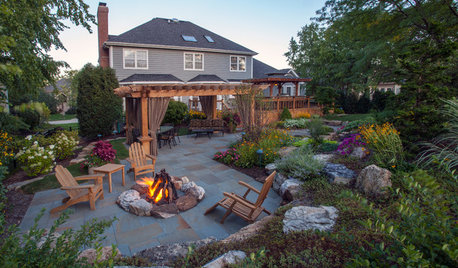
GARDENING AND LANDSCAPING3 Ways to Bring the Heat to Outdoor Living Spaces
Here’s what to know about surviving winter’s bite with an outdoor fireplace, fire pit or heat lamp
Full Story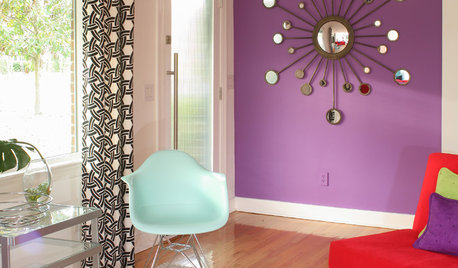
COLORBest Ways to Use Radiant Orchid, Pantone's Color of 2014
Learn how to work in this bold fuchsia-pink-purple successfully around the home, and give it a yay or nay in the Houzz poll
Full Story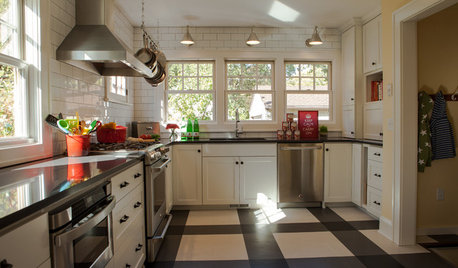
KITCHEN DESIGNKitchen of the Week: Drab and Dysfunctional to Radiant in Minnesota
Clunky storage and lackluster floors get nixed in favor of open shelves, plaid vinyl and an effective kitchen work triangle
Full StoryMore Discussions






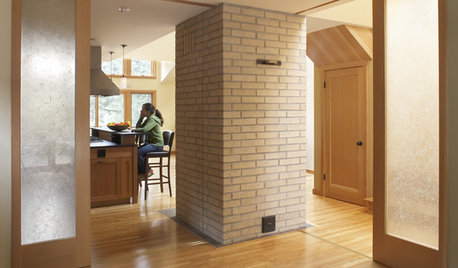


davidro1
IntoodeepOriginal Author
Related Professionals
Arlington Kitchen & Bathroom Designers · College Park Kitchen & Bathroom Designers · Pleasanton Kitchen & Bathroom Designers · South Park Township Kitchen & Bathroom Remodelers · Thonotosassa Kitchen & Bathroom Remodelers · Salt Lake City Glass & Shower Door Dealers · Waco Glass & Shower Door Dealers · Middletown Cabinets & Cabinetry · Red Bank Cabinets & Cabinetry · Tinton Falls Cabinets & Cabinetry · Wilkinsburg Cabinets & Cabinetry · Mesa Window Treatments · Rockville Window Treatments · San Jose Window Treatments · The Woodlands Window TreatmentsGreenDesigns
davidro1
golfschnell
davidro1
IntoodeepOriginal Author
terezosa / terriks
DinalovesDesign
DinalovesDesign
live_wire_oak
IntoodeepOriginal Author
davidro1
gr8daygw
angela12345
angela12345
bill_vincent
Landrew Landrew